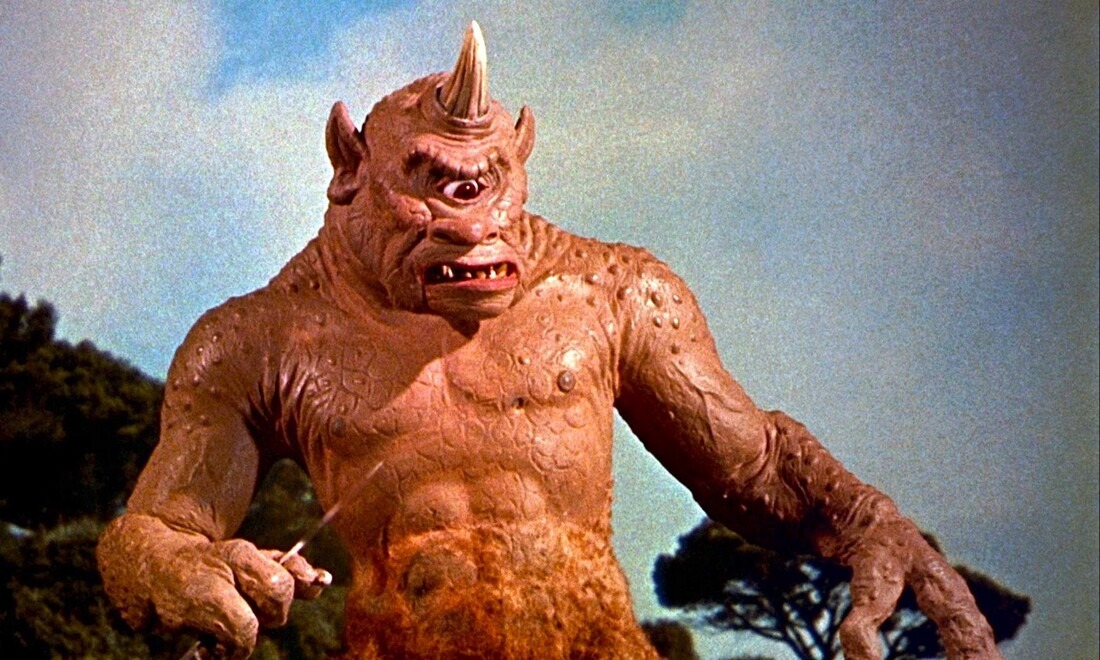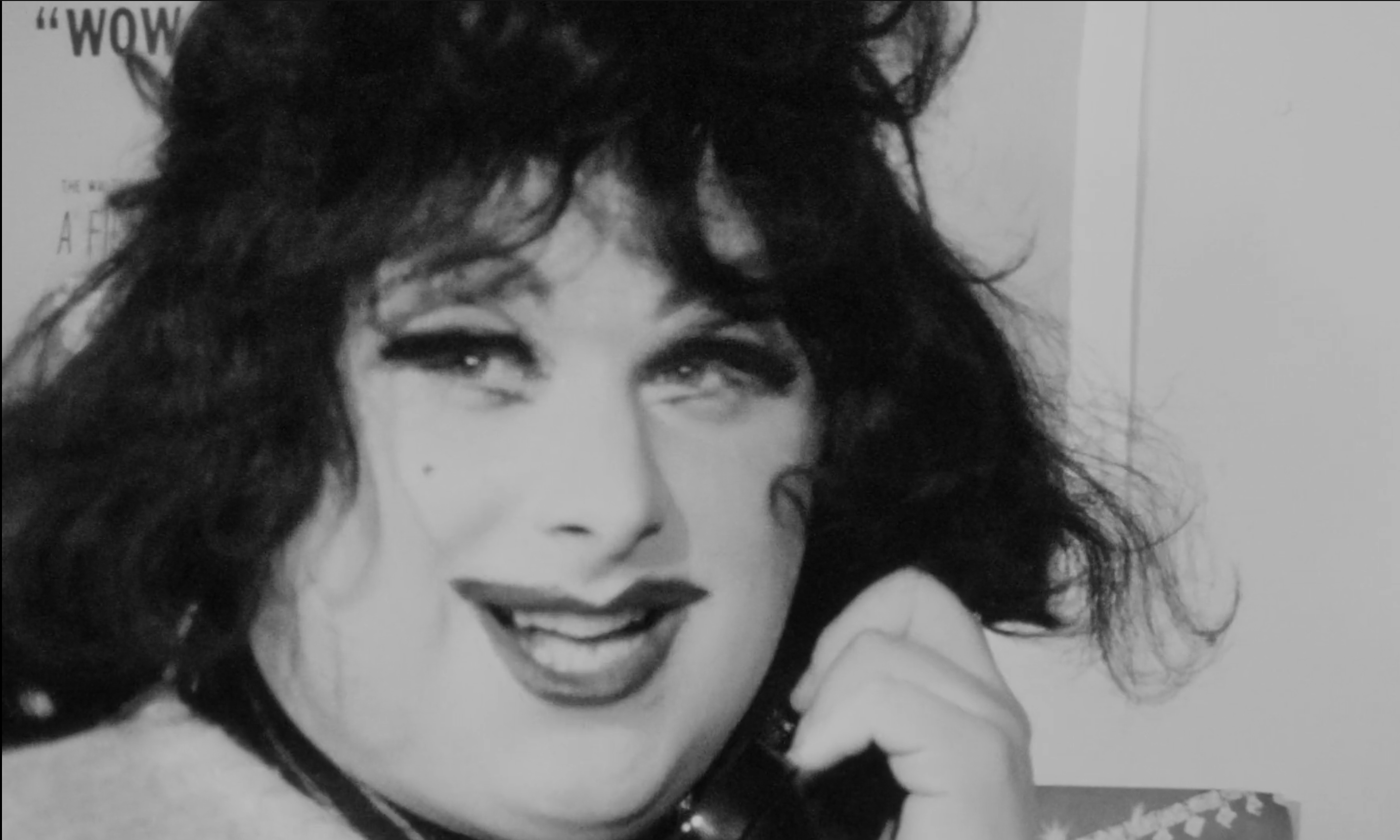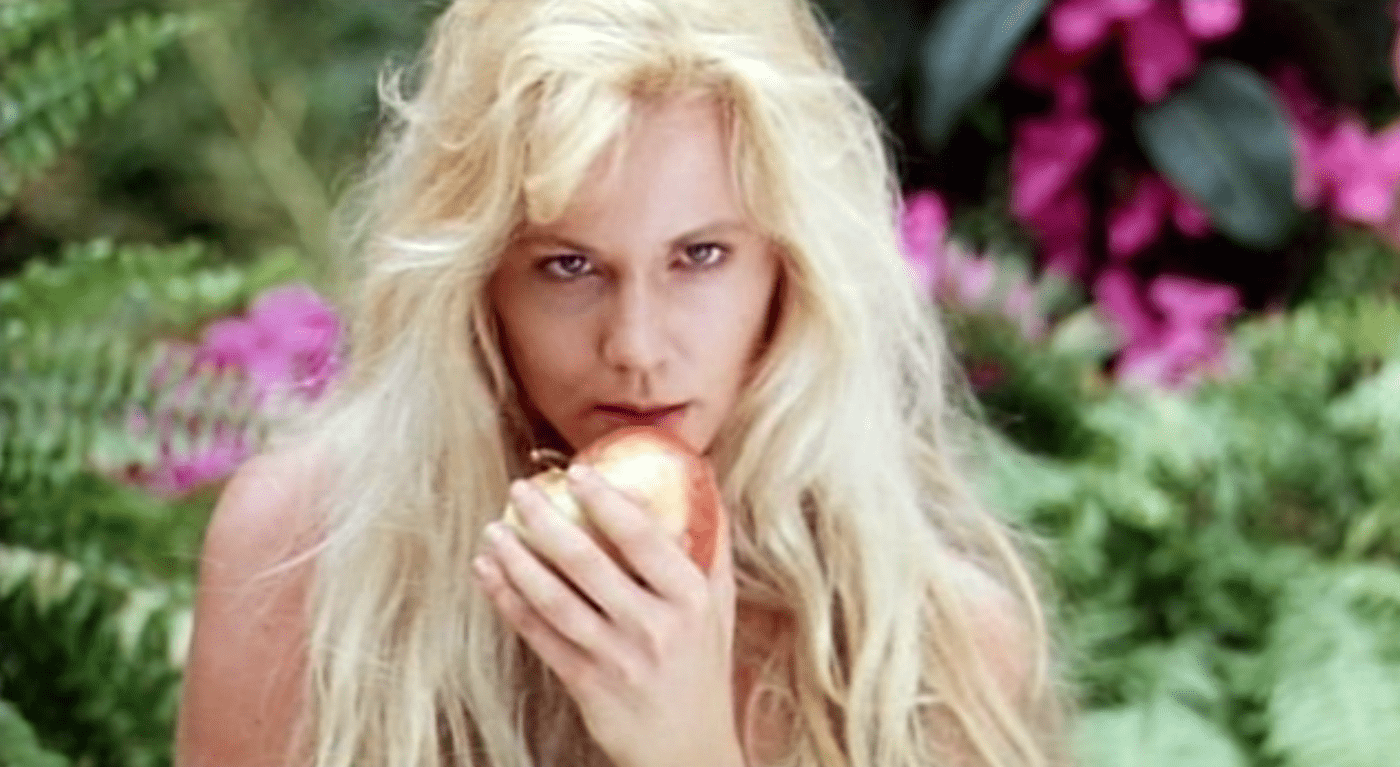
Say what you like about the movie Il Potere (The Power) but it took some seriously “grandi palle” to make it in Italy in 1971. It would take palle ancora più grandi to make it now. Apparently following Abbey Hoffman’s principle that “scared cows make the best hamburger” Augusto Tretti, The director of Il Potere, got himself some ketchup and pickles and set about grinding in earnest.
Il Potere, is a treatise on the nature of power seen through a socialist lens, a low quality lens on a low quality camera but none the less a lens. The film surveys the history of how power has coalesced and asserted itself through the ages, by presenting a series of vignettes. Tretti begins at the beginning with prehistoric cavemen hunting in an enormous bolder field. The prey they are clumsily stalking is a small domestic chicken. As the cavemen, dressed in furry little booties, stumble over the rocks, the chicken’s fearful squeaking is dubbed in by a “voice” actor. The squawks are pretty believable but when the chicken starts panting the veil of verisimilitude falters a bit.
Il Potere is essentially a propaganda film, a propaganda film for the mentally unstable, or a propaganda film meant to induce mental instability. What can you say when you are watching a lion, a tiger and a leopard discuss suppression of the workers? Better yet, three actors on golden thrones, wearing lion, tiger, and leopard masks that look like they may be real taxidermied heads slipped over the actor’s faces. Ew. The feline council of three appear in between each vignette to add their color commentary.
After the cave-people discover religion and are subsequently oppressed by the priestly caste we are presented with a survey of religious leaders. Among them is the prophet Mohammad. He is seen forbidding the consumption of pork and then sneaking off to his cave where a giant pig’s head awaits him. To fully depict his hypocrisy we see him gleefully bite into its ear before we cut to Jesus at the last supper who is forbidding his flock to eat meat on Friday. Presumably he has a cow waiting for him at home.

After attempting to insight a fatwa, the film goes on to present vignettes about Ancient Rome, the destruction of the American Indians, and the Italian fascist movement in 1919. Mussolini is portrayed by a man in a rubber mask. It actually creates an interesting layer to the film. His bald head is a bit oversized and the expression on his face never changes. He is a walking symbol. A thin facade of bravado that hides nothing more than a sociopath. He isn’t anything special just an empty signifier of authority.
Near the end of his skit we see the mask hanging lifeless from a string. Mussolini ends up being a hollow pawn in the game of power played by our big enthroned cats. The cats are power personified, or felineofied? Text on the screen identifies The lion as the embodiment of military power, the tiger as economic power and the leopard as agricultural power. Together they pull all the strings of human history, motivated by pure self-interest and avarice.

The skits all use the same small troop of actors, many of whom seem to be senior citizens for some reason. As we see the same faces reappear as cavemen, then Indians, then fascist soldiers etc. it gives the whole film the feel of a Twilight Zone Episode. Its as if time is repeating itself, using the same players but in different surroundings.

Each skirt culminates in violence and just as someone unsheathes his knife or raises a pistol the film bursts into choppy montage of famous photographs taken from the history of world atrocities. As the Indian’s are slaughtered in the film their deaths are interlaced with photos of the May lai massacre, starving children in Africa and The Holocaust.

Despite what must have been a micro-budget, Tretti, manages to film some pretty interesting scenes. There is a parade in front of Il Duce’s balcony where the soldier’s pass below him and then race around behind the block to quickly change uniforms and then pass by the balcony again, giving the appearance of abundance. They repeat this over and over while the dictator and his fawning crowd admire the parade. There is a meta-narrative here about Tretti recycling his actors to populate his film. With a minimum of movement you can rearrange the word dictator to spell director, or at least directar.
The final era depicted in the film is the modern era. For Tretti and his audience that was 1971. We are shown the new Italians wandering the modern city streets, distracted and beguiled by vapid consumerism and conservative truisms.
This last vision also degenerates into violence and we are barraged with more tragic photos from places like Kent State. Lastly, we return to our three kitties on their thrones. They agree that for now they must hide their tyranny and greed behind a veil of socialism. The leopard takes out a hammer, the tiger takes out a sickle and a big red circle descends from the top of the screen to highlight The Soviet Symbol.
There is very little information available about Il Potere. It had production difficulties and as far as I can tell was not released in theaters. It was shown at The Venice Film Festival where it was not received well. As a piece of propaganda Il Potere is not likely to sway a lot of hearts and minds. It is pedantic, sophomoric, and clumsy but there are moments when the imagery alludes to something larger, something more existential than political. The three cats are eternal. They stand outside of time and context. For Tretti they are political forces but they are also facets of human nature that are untouched by time. They are a kind of Nietzschean “will to power” that fuels the ever burning cycle of human conflict.

If you enjoyed this article click here for more
www.filmofileshideout.com/archives/giuseppe-de-santiss-bitter-rice



